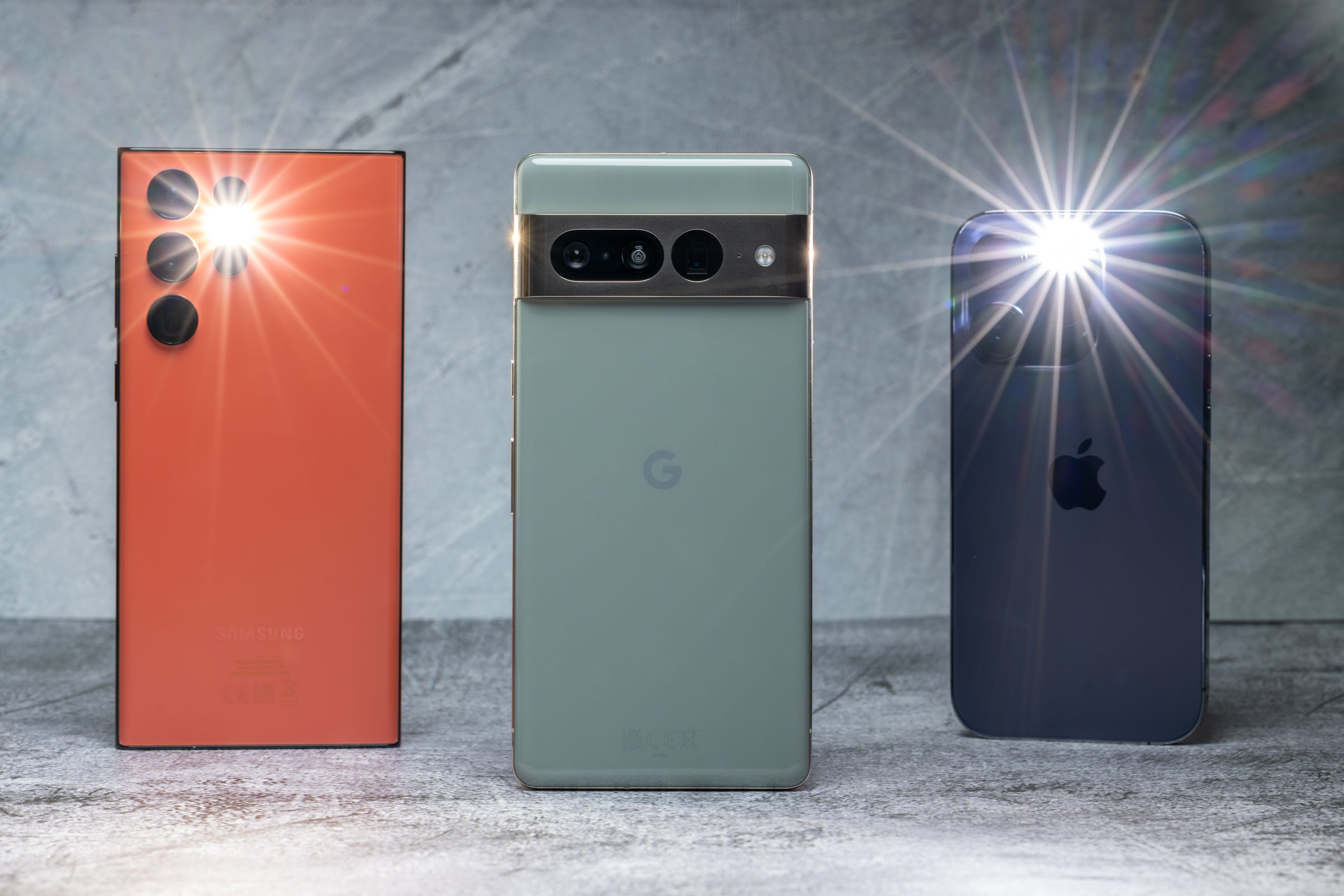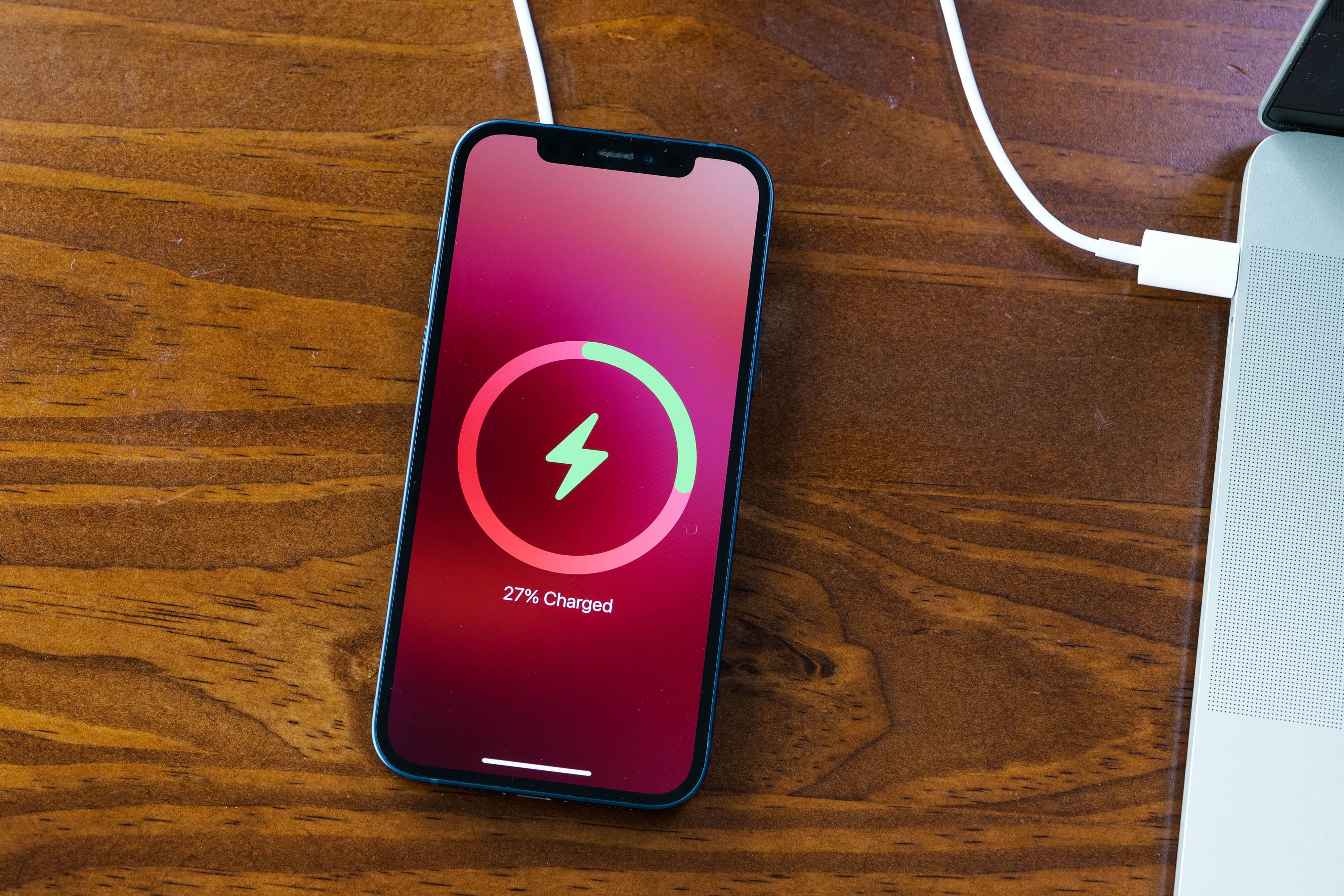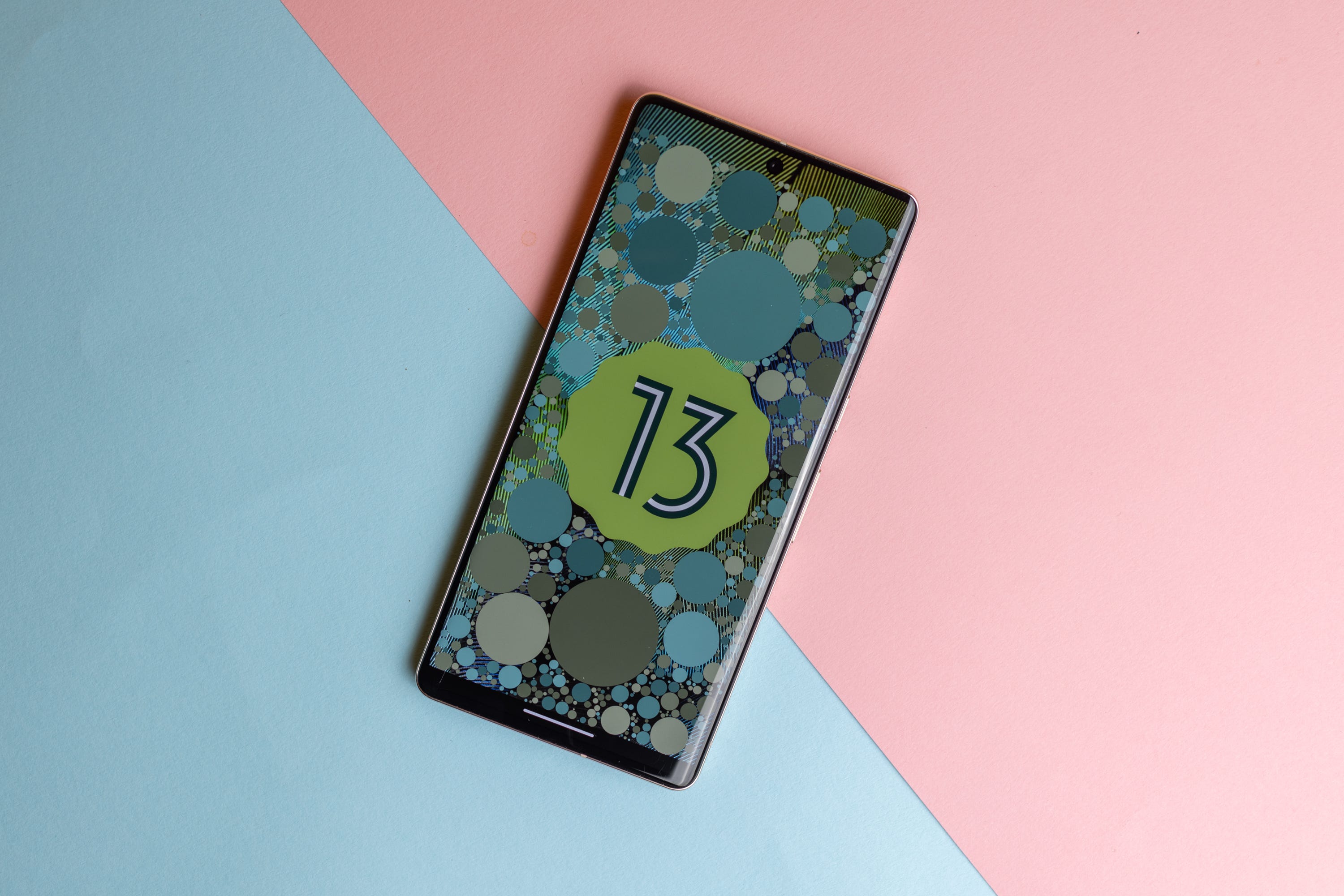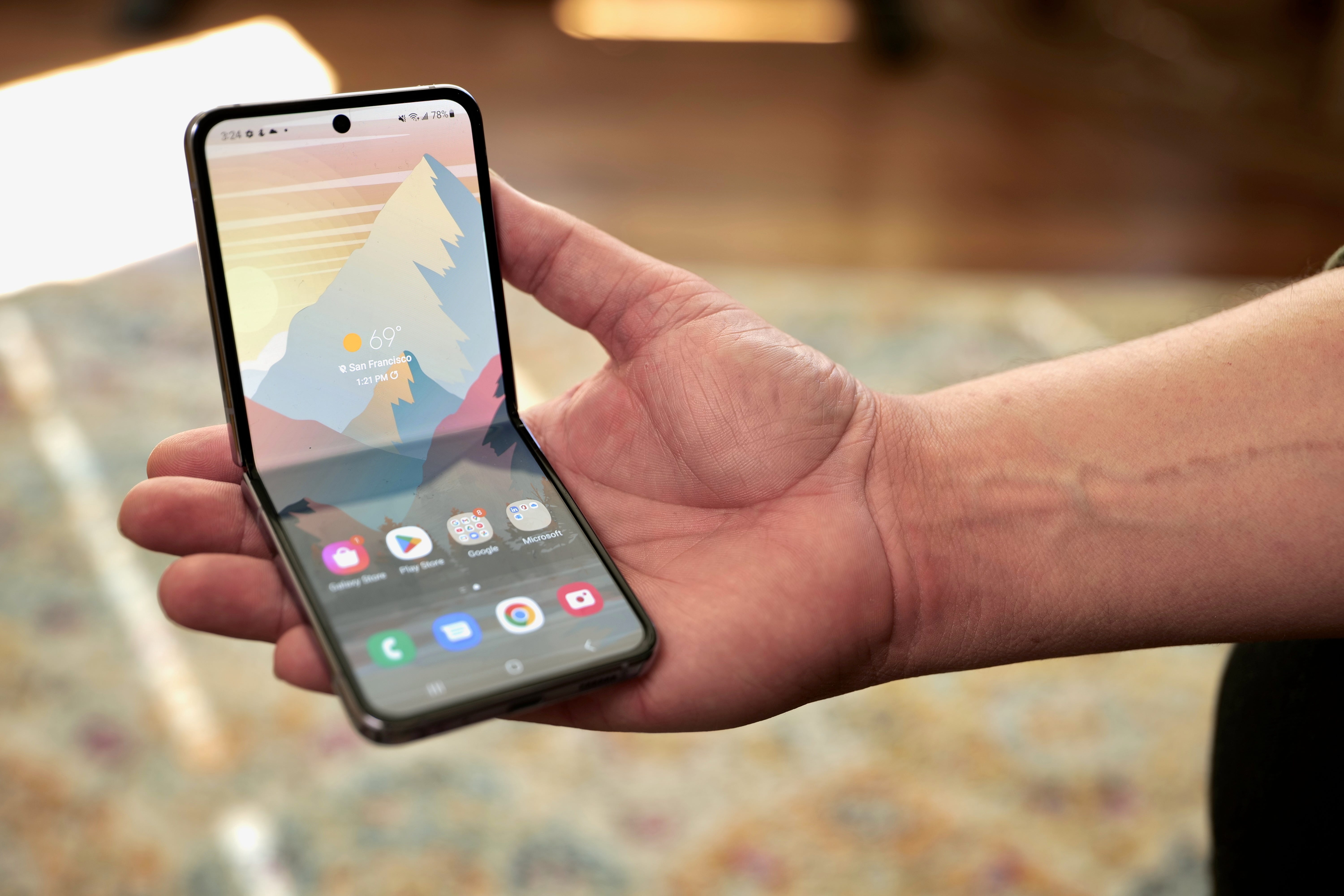Phones are much more than communication devices; they’re our gateway to the internet. They’ve become the center of our daily lives, housing our personal information, work essentials, personal memories and enabling us to reflect our personalities online. That’s why CNET conducts rigorous tests to help you find the right phone for your budget and needs.
When reviewing phones, we take a variety of factors into account such as camera quality, battery life, design, software and longevity. Every phone is different, but our testing allows us to answer the same question in each review: Is this phone worth buying? We evaluate phones based on the quality of their hardware and software, whether they introduce any meaningful new innovations and whether they’re the right price.
We replace our personal phone with the test unit during the review period so that we can get an accurate impression of what it’s like to rely on the device for daily tasks. In addition to this anecdotal usage, we also conduct specific side-by-side tests against other phones as part of the evaluation process.
We generally test phones against their immediate predecessor, competing phones from other companies or another phone within the same product line (for instance, iPhone 14 versus iPhone 14 Pro). We focus on whichever comparisons are most useful for helping our readers navigate the buying decision, and that may vary depending on the phone. Whenever possible, we work all three types of comparisons into a review.
Some of these methodologies are relatively new to CNET’s testing procedures, so you may not see them in all of our reviews from 2022. We’re in the process of updating our current reviews with these tests and plan to implement them fully in 2023.
Below is a general overview of what goes into a CNET smartphone review.
Testing smartphone cameras


Camera testing is a huge part of CNET’s phone reviews.
Andrew Lanxon/CNETThe camera is the biggest area where companies like Apple, Samsung, Google and OnePlus typically make improvements to new models each year, and our reviews put phone maker’s claims to the test. We take photos in a variety of circumstances and lighting conditions, including bright outdoor areas, dim indoor settings and mixed lighting.
We capture a variety of subjects (objects, pets and people) to assess boldness, sharpness, skintones and color accuracy. We test all of the phone’s main lenses (wide, telephoto and ultrawide), front-facing cameras as well as different shooting styles, like portrait mode and night mode. Our reviews also cover useful editing features or shooting modes that are specific to the device, such as the Google Pixel 7’s Face Unblur or the iPhone’s Cinematic Mode.
Part of these tests include side-by-side photo comparisons between the phone we’re reviewing and previous phones we’ve tested. We evaluate a phone’s cameras on their consistency as well as how they stack up against the competition. All photos are straight out of camera and accessed without any edits, unless specifically noted. Beyond the initial impressions we get from viewing these photos on a phone’s screen, we also upload them to a computer and view them alongside one another on a monitor. This reduces any bias that may come from the different screens on each phone. It also makes it easier to view discrepancies in clarity and color between each photo.
We also capture video with the review phone and judge it on its image and audio quality. Just because a phone can capture 6K or 8K video doesn’t mean it’s good. Unlike the computational photography algorithms that Google, Apple, Samsung and others apply to photos, videos remain relatively less processed, making it easier to critique a camera’s strengths and flaws.
Testing smartphone performance
The performance section of our reviews examines how responsive phones are in everyday use, how well they juggle multiple tasks and how they fare during benchmark tests.
We do this by observing how quickly phones can open apps and launch the camera. We also note whether the phone has an adaptive refresh rate setting and how this improves performance if at all (for example, whether this makes animations and scrolling feel smoother). We also look for signs of lag when running multiple apps (such as using a social media app or playing a game while on a video call), or playing an online multiplayer game with the highest graphics settings.
In addition to these everyday tasks, we also run a series of benchmarks designed to test a phone’s computing power and graphics performance. These tests include Geekbench 5 for general CPU performance and 3DMark Wild Life Extreme for graphics. We also run the same tests on other phones that we’re comparing our test device to.
Testing smartphone battery life


The iPhone 12 being charged with a MagSafe charger
Patrick Holland/CNETWe test battery life in three ways: through an anecdotal stress test, a video streaming test and by observing battery life after everyday use. As noted earlier, these tests are relatively new and we’re still in the process of adding them to our 2022 reviews.
The anecdotal stress test measures how much the battery drains after 45 minutes of general usage. We do a little bit of everything during this test to mimic authentic everyday experiences. That includes streaming video, using social media apps, playing a game, making a video call and other miscellaneous tasks like checking email. After this 45 minutes of mixed usage, we mark down the percentage of battery drain. To keep the test consistent between phones, we perform each of those tasks for roughly 10 minutes. We also keep the screen brightness set to 50%, turn off the always-on display and keep the high refresh rate setting on (if there is one).
The streaming test monitors how much the battery drains over a three-hour period while viewing a video on YouTube. We use the same video each time for consistency and set the screen brightness to 100%. We also disable settings that automatically dim or brighten the screen, connect to Wi-Fi and turn on the adaptive or high refresh rate setting if applicable. We take battery percentages at the one-hour, two-hour and three-hour marks.
Since we use test phones as our regular devices, we also discuss how long the battery has lasted in everyday use based on our experience. Often, our practical experience with a phone’s battery life can give us the most accurate prediction of what others might expect if they bought the same phone.
Testing smartphone design, software and display


The Pixel 7 Pro with an Android 13 logo on screen
Andrew Lanxon/CNETOur smartphone reviews also encompass other areas like design, software and display quality. Design can be subjective, but we generally look for factors such as durability (water and dust resistance ratings), how easy the phone is to operate with one hand, the build quality and whether the design is unique or interesting in any way. For display quality, we’ll mention factors like brightness, how easy it is to see in sunlight and sharpness and color.
Software is another key part of CNET’s smartphone reviews. We mention any new or noteworthy features and how long the phone will support new versions of Android (or iOS respectively) and security updates.


The Galaxy Z Flip 4’s hinge allows it to stay at various angles. When it’s close to perpendicular it can activate Flex Mode for the software.
Patrick Holland/CNETOur written review tells you everything we feel and experienced, but we also give each phone overall score and star rating to provide a different context. A $450 phone might lack all the features that a $1,000 phone has, but its value might mean it gets a higher score. We also update these ratings based on a variety of factors, including software changes and quality control issues.
Reviews will always vary depending on the device, but these are the core tenets that make up a CNET smartphone evaluation. Determining a phone’s overall value is our guiding principle in every smartphone review. Our reviews shed light on whether a new phone lives up to its expectations, who the phone is for and whether it delivers on its promises for the price. We are always evaluating our own testing methodologies and looking for ways to improve, so expect to see more updates in the future.



